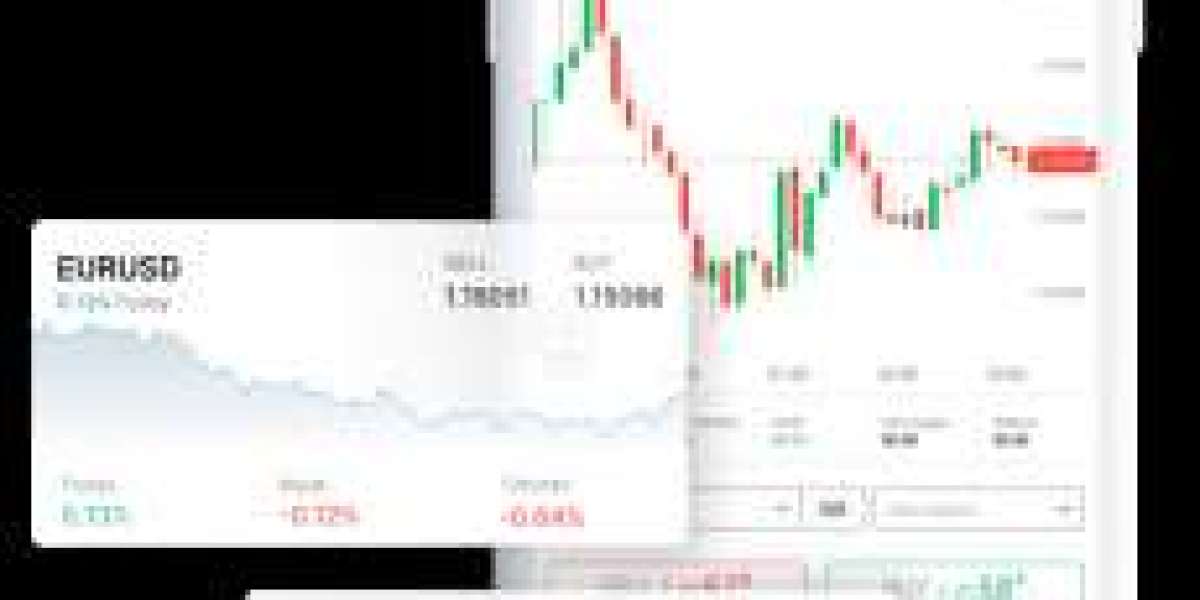Every day, millions of users scroll through websites, open emails, read blog posts, and view social media ads. And what do many of them see when it’s time to take action? A tired, overused call-to-action (CTA): “Click here.”
It might seem harmless. It's short. It's direct. It worked in 1999. So what’s the problem?
The problem is that in 2025, “Click Here” is outdated, vague, and terrible for conversions. If you want people to take action—buy, sign up, learn more, or engage—you need better language. In this article, we’ll explore why “Click Here” is killing your conversion rates and what to use instead to increase clicks, build trust, and drive results.
The Hidden Cost of “Click Here”
“Click Here” is like a weak handshake. It technically gets the job done, but it doesn’t inspire confidence or excitement. And in the competitive world of online marketing, every word matters.
Here’s why “Click Here” underperforms:
1. It’s Vague
Click where? For what? Why should I care?
Generic CTAs fail to communicate value. Users don’t want to be told to click—they want to know what clicking will do for them.
Compare:
❌ “Click here”
✅ “Download your free copy of the guide”
The second example communicates the benefit and increases motivation.
2. It’s Passive
“Click Here” sounds like an instruction from a computer class in 2002. Modern CTAs need to feel dynamic, engaging, and aligned with the user’s goals.
Passive CTAs fail to match the tone of today’s high-performing digital brands. You want action-oriented, emotionally resonant messaging.
3. It Lacks SEO Power
Search engines look at anchor text to understand page content. “Click Here” tells Google nothing about what’s on the other side of the link.
Good anchor text:
Improves indexing
Enhances topical relevance
Helps rank the linked page
A phrase like “read our SEO audit checklist” does far more for your content strategy than “click here.”
Real Numbers: What the Data Says
Numerous A/B tests and UX studies confirm that descriptive CTAs outperform generic ones. For example:
HubSpot found that anchor text describing the benefit of clicking increased conversions by up to 40%.
Nielsen Norman Group has long advocated for eliminating “Click Here” in favor of specific link text, citing both usability and accessibility concerns.
Campaign Monitor reported that email CTAs like “Get your free trial” perform significantly better than “Click here.”
Translation: “Click Here” could be costing you dozens, hundreds, or even thousands of conversions.
The Psychology of Actionable CTAs
Great CTAs align with human psychology. They speak to desire, urgency, and relevance.
Here’s how high-performing CTAs beat “Click Here” every time:
✅ 1. They highlight the benefit
People don’t want to “click”—they want to solve a problem or achieve something.
Examples:
“Start your free trial”
“See how it works”
“Get instant access to the course”
These aren’t just clicks—they’re solutions.
✅ 2. They reduce friction
Ambiguous CTAs increase hesitation. Clear CTAs reduce mental effort and boost decision-making confidence.
Would you rather click “Click here” or “Schedule your free demo”?
The second feels safer and more specific, reducing anxiety about the unknown.
✅ 3. They match intent
Tailor your CTA to where the user is in the funnel:
Top of funnel: “Learn how we help small businesses grow”
Middle of funnel: “Compare our pricing plans”
Bottom of funnel: “Start your 14-day free trial”
“Click Here” applies to none of them effectively.
CTA Language by Context
Let’s look at more specific CTA examples based on use case:
? Business Website
✅ “Explore our consulting services”
✅ “Request a free quote”
✅ “View case studies”
? E-commerce
✅ “Shop new arrivals”
✅ “Add to cart”
✅ “View size guide”
? Email Campaigns
✅ “Unlock your 20% discount”
✅ “Read our May newsletter”
✅ “Confirm your subscription”
? Online Courses / SaaS
✅ “Watch the 2-minute demo”
✅ “Enroll in the course now”
✅ “Download the syllabus (PDF)”
Each of these examples does what “Click Here” cannot: it frames the action in a context that converts.
Optimizing Your CTAs for Conversion
You don’t just want alternatives to “Click Here.” You want high-converting CTAs. Here’s how to optimize yours:
1. Make it visually distinct
Buttons convert better than plain links. Use contrast, whitespace, and position to draw attention.
2. Test one CTA at a time
A/B testing tools (like Google Optimize or Optimizely) let you compare CTA phrases. Try variations like:
“Download the guide” vs. “Get the free guide”
“Start trial” vs. “Try it free for 14 days”
Test for clarity, tone, and performance.
3. Use urgency (when appropriate)
Scarcity and deadlines increase conversions—but only when used ethically.
“Get early access today”
“Sign up before May 31st”
Avoid false urgency; trust is more valuable than clicks.
What About Mobile?
On mobile, users don’t “click”—they tap. So “Click Here” becomes not just vague, but device-inappropriate.
Responsive CTAs should be:
Short (2–5 words)
Tap-friendly (button format)
Finger-sized (at least 48px tall)
And yes—still descriptive:
“Tap to enroll”
“Get directions”
“Watch now”
Say Goodbye to “Click Here” — Forever
“Click Here” isn’t just old-fashioned. It’s actively working against your goals as a marketer, business owner, or designer. It hurts your accessibility, damages your SEO, and—most importantly—wastes your opportunity to persuade.
If your goal is to increase engagement, drive conversions, or simply provide a better user experience, then every CTA on your site should do more than ask for a click. It should offer clarity, value, and a reason to act now.
Take Action: Audit Your Site Today
✅ Search your website, landing pages, emails, and blog posts for every instance of “Click here.”
✅ Replace each one with descriptive, benefit-driven anchor text.
✅ Use tools like Hotjar or Google Analytics to track changes in behavior.
✅ Run A/B tests on critical buttons and links.
✅ Watch your conversion rates improve.
Because in a digital world overflowing with content, the words you use to guide your audience make all the difference. So stop saying “Click Here.” Start saying what matters.

